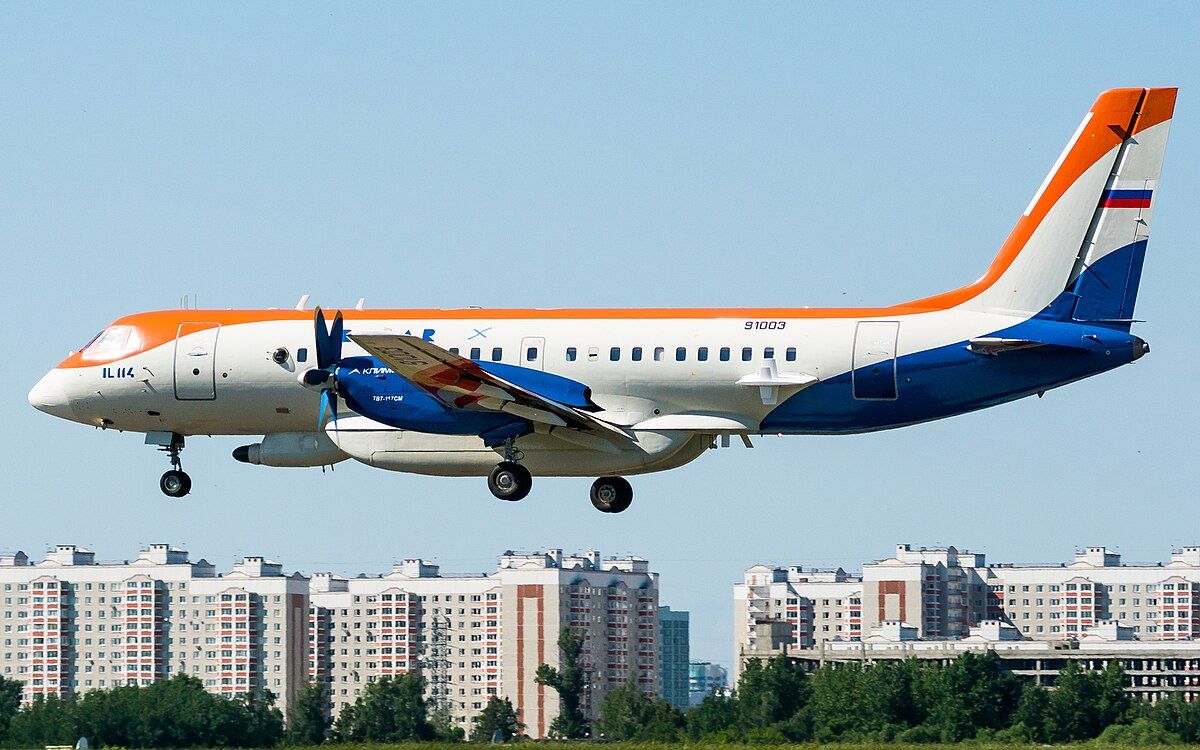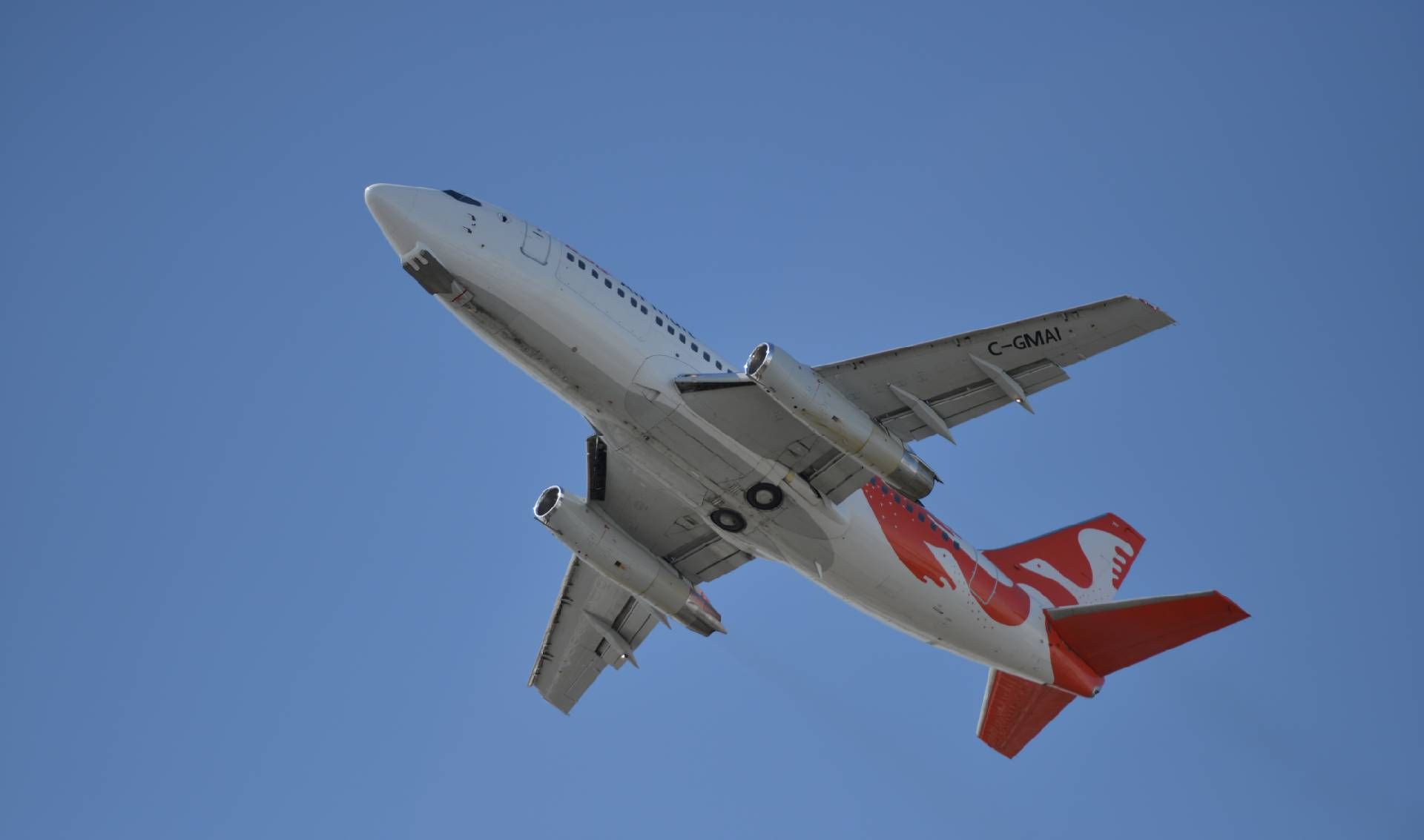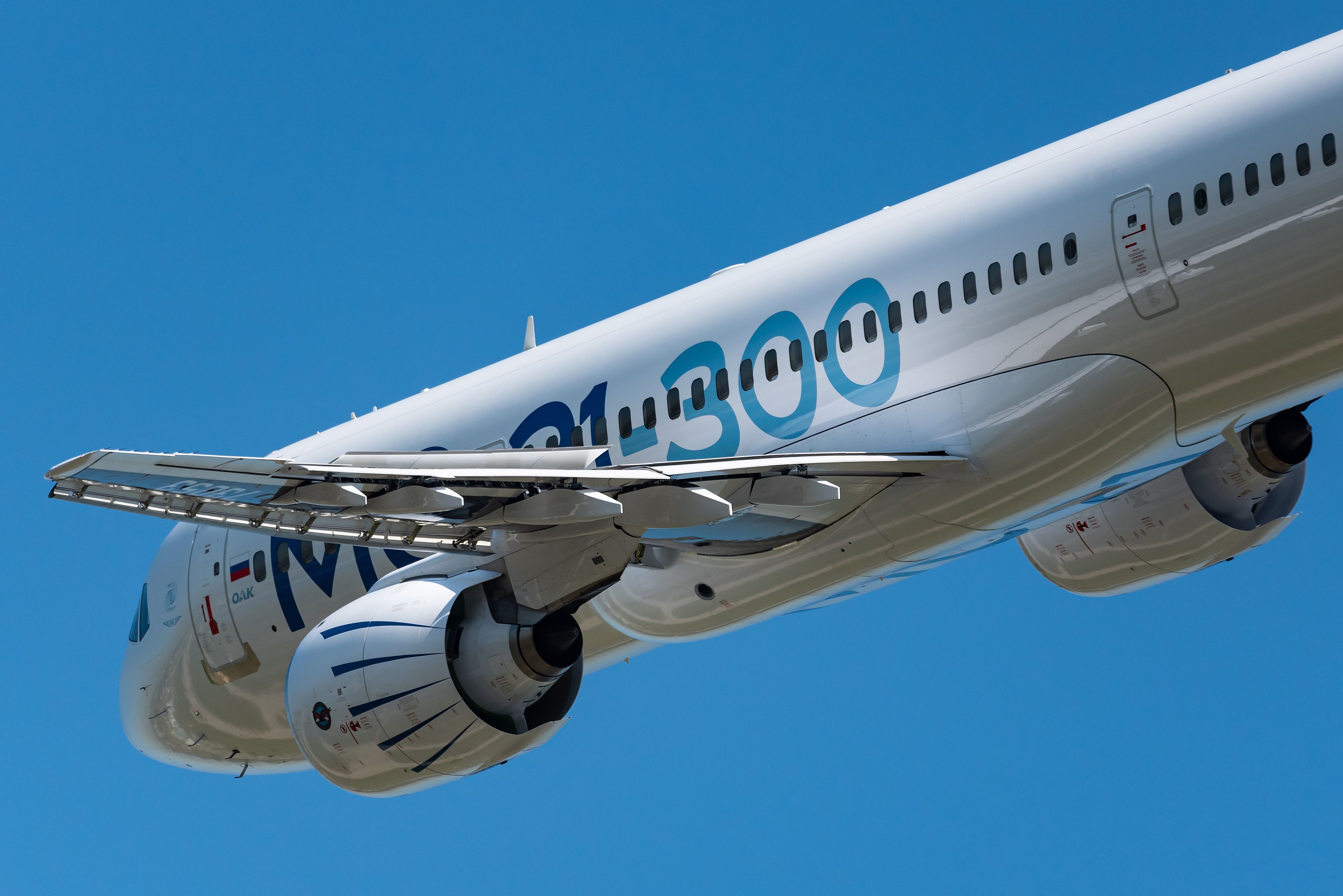Summary
- Russia needs 550 UZGA TVRS-44 Ladogas to meet domestic aviation needs.
- Ladoga serves as a middle ground between smaller and larger aircraft models.
- The rugged Ladoga aims to replace aging Soviet and international aircraft, but faces production delays.
The TVRS-44 Ladoga is a 44-passenger twin-engine turboprop passenger aircraft designed by the Russian aviation company UZGA (Ural Works of Civil Aviation). Faced with crippling sanctions, Russia is attempting to resurrect its domestic aviation industry. While Russia has historically enjoyed a robust aviation industry, the sanctions have hamstrung Russian commercial airline production (at least for now). Time will tell how Russia will be able to produce the Ladoga and how well it will perform.
Demand for 550 aircraft
Russia claims there is strong domestic demand for the Ladoga.
|
Demand: |
550 aircraft (claimed domestic only) |
|---|---|
|
Designer: |
Ural Works of Civil Aviation |
|
Manufacturer: |
Aviakor |
According to reporting by Flight Global in April 2023, the Russian Prime Minister (Mikhail Mishustin) says there is demand for 550 UZGA TVRS-44 Ladogas. According to Mishustin, that number is just for domestic demand and does not include any international orders. That said, it is unclear how many international customers the Russian airliner industry has after the 2022 invasion and sanctions.
In January 2024, ch-aviation reported that the Siberian airline Aurora Airlines had signed a letter of intent for the supply of 15 Ladoga aircraft. Aurora is a small regional Russian carrier with a fleet of 19 aircraft (eight Airbus A319s and 11 De Havilland turboprops). It is unclear what the total orders for TVRS-44 Ladoga are.
Fills a gap
The Ladoga offers a mid-way capacity between the L-410 and the Il-114-300 aircraft.
|
Capacity: |
Typically 44 |
|---|---|
|
Maximum range: |
2,200 km or 1,370 miles |
|
Cruise speed: |
460 km/h or 285 mph |
The Ladoga fills a gap between the small 19-seat L-410 local passenger planes (also designed by Ural Works of Civil Aviation) and the larger 64-seat Il-114-300s. Small and isolated communities need the right-sized aircraft to service them. Having a selection of aircraft sizes is important when connecting far-flung regions in Siberia, which often have poor infrastructure.
The larger turboprop Ilyushin Il-114 has been flying since the late 1980s. It is a short-to-medium-haul aircraft. Aeroflot once used it extensively (although Aeroflot currently only operates Western jet aircraft). The Il-114 can fly at max speeds of 310 mph and as far as 600 miles at maximum capacity.
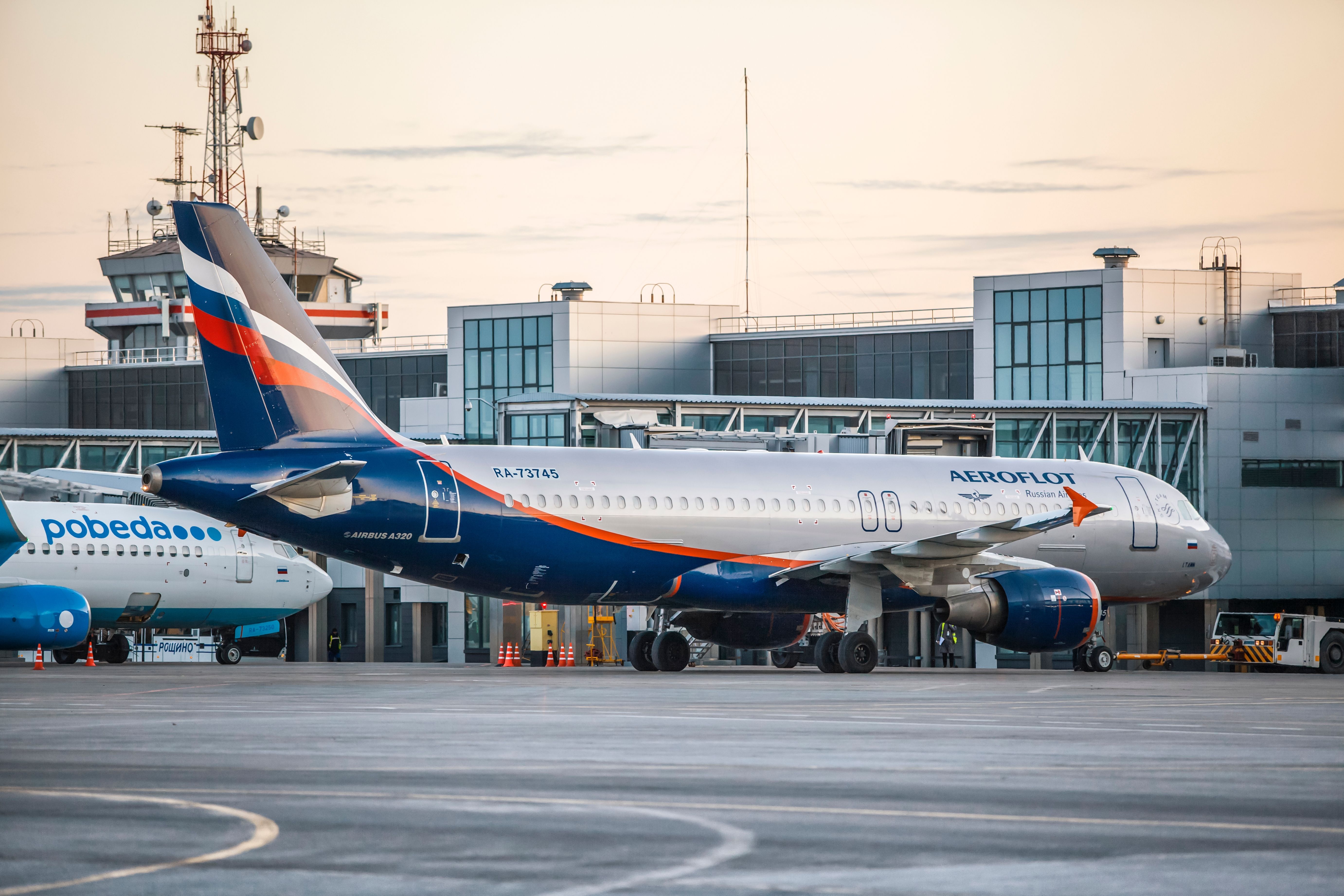
Related
Russian Aircraft Incidents Have Tripled In 2023 As Airlines Struggle To Maintain Planes
There have been over 180 incidents this year.
Replacement for other aircraft
The Ladoga is hoped to replace old Soviet, Ukrainian, and international aircraft.
|
Replaces: |
An-24, An-26, An-140, Yak-40, ATR 42, De Havilland Dash 8 |
|---|---|
|
Maximum take-off weight: |
37,500 lbs |
|
Maximum payload: |
11,000 lbs |
The TVRS-44 Ladoga is intended to replace the aging Soviet-era Antonov An-24, An-26, An-140, and Yakovlev Yak-40 aircraft. Antonov was a major Ukrainian SSR aviation company that built many of the USSR’s most iconic military transportation aircraft (including the largest, the An-225). The Ladoga will also replace equivalent foreign models like the De Havilland Dash 8 and ATR 42.
Due to the lack of immediate domestic options and being cut off from international aircraft, some Siberian Russian airlines are asking permission to keep their 50-year-old An-24s and An-26s in operation. Separately, Russia hopes to produce larger commercial aircraft such as the Irkut MC-21, Superjet 100, and a new variant of the Ilyushin Il-96.
A rugged aircraft
The Ladoga is being designed to operate in Russia’s harsh Siberian conditions.
|
Runway type: |
unprepared dirt, grass, or snow runway |
|---|---|
|
Runway length: |
short runways |
|
Temperature: |
operates in extreme cold |
As with many other Soviet and Russian aircraft, the Ladoga is designed to operate on dirt, grass, and snow runways as well as short runways. The aircraft is designed to help service the many small and hard-to-reach settlements scattered across Russia (including the Far East and Arctic regions) and to operate in extreme cold temperatures.
Photo: Air Inuit
Alaska and the Canadian High Arctic are also regions that need to be served by aircraft operating in rugged conditions. Sometimes, specially built aircraft for northern conditions are kept in service for many years. For example, while they are finally being replaced, Canada’s Air Inuit has been operating the 45-year-old Boeing 737 Combi.
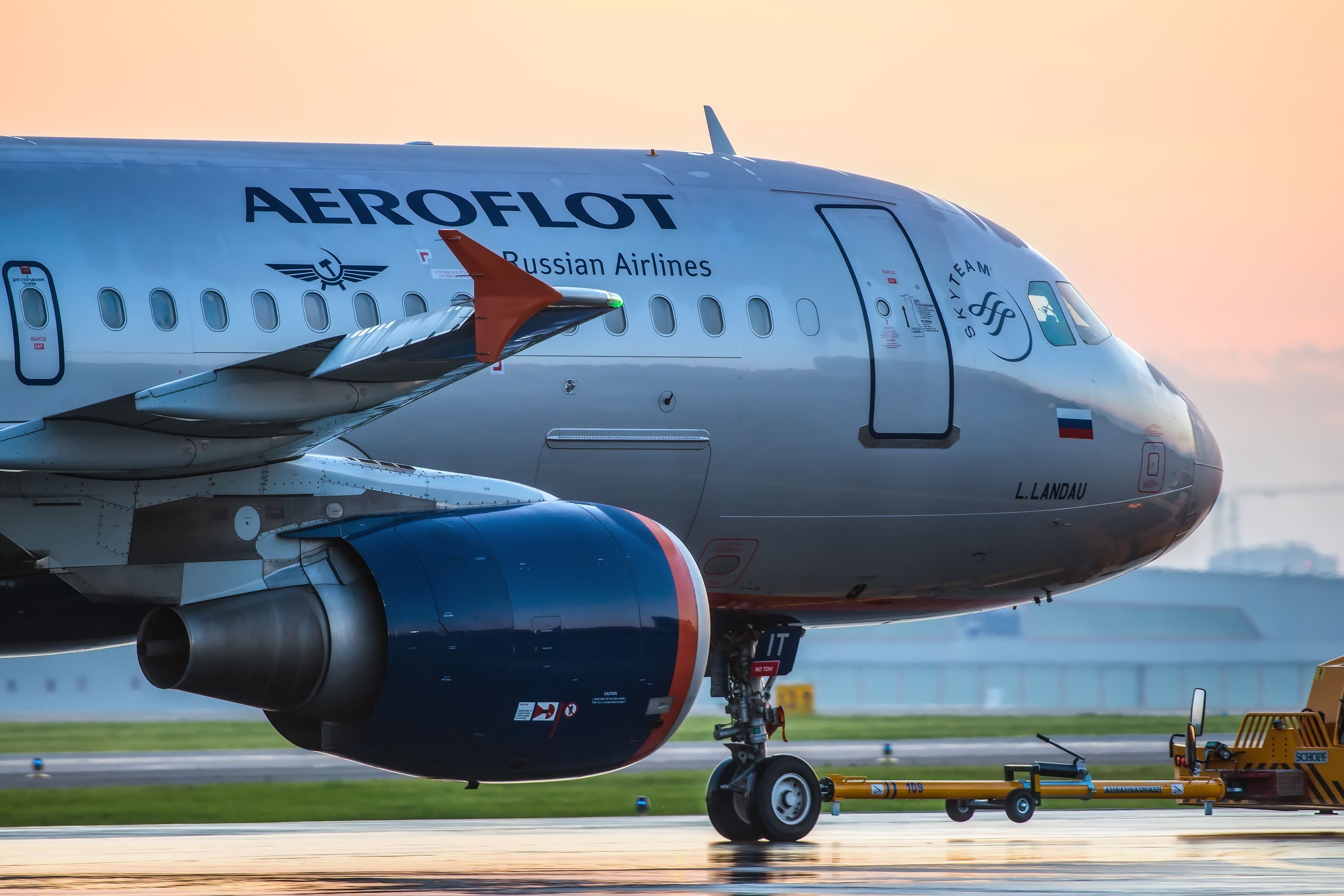
Related
Russian Government Has Spent $12 Billion To Keep Aviation Industry Afloat
Maintaining its aircraft fleet amid global sanctions hasn’t been cheap for Russia.
An uncertain future
As with other Russian aircraft, sanctions and the war effort have delayed the production date of the Ladoga.
|
First flight: |
delayed to 2025 |
|---|---|
|
Introduction: |
delayed to 2027 |
|
Status: |
Prototypes under construction |
In 2023, it was said the first flight test was planned for the spring of 2024, and deliveries were planned for 2025. It was then announced that prototype construction was underway. An article published by the Kommersant in early 2024 said that all Russian commercial aircraft were being delayed. The article did not name or elaborate specifically on the Ladoga. However, RuAviation reported in March 2024 that the first flight was now expected in 2025, and the first deliveries are not expected before 2027.
Photo: BeAvPhoto | Shutterstock
Russia is trying to accomplish two very difficult tasks simultaneously. Firstly, Russia is trying to Russify its domestic aircraft and substitute foreign components due to sanctions. This has resulted in the MC-21 being almost 6 tons overweight and late. The second task is fighting a massive war with Ukraine that is consuming its resources – skilled personnel who would build the aircraft are needed for the war effort.


